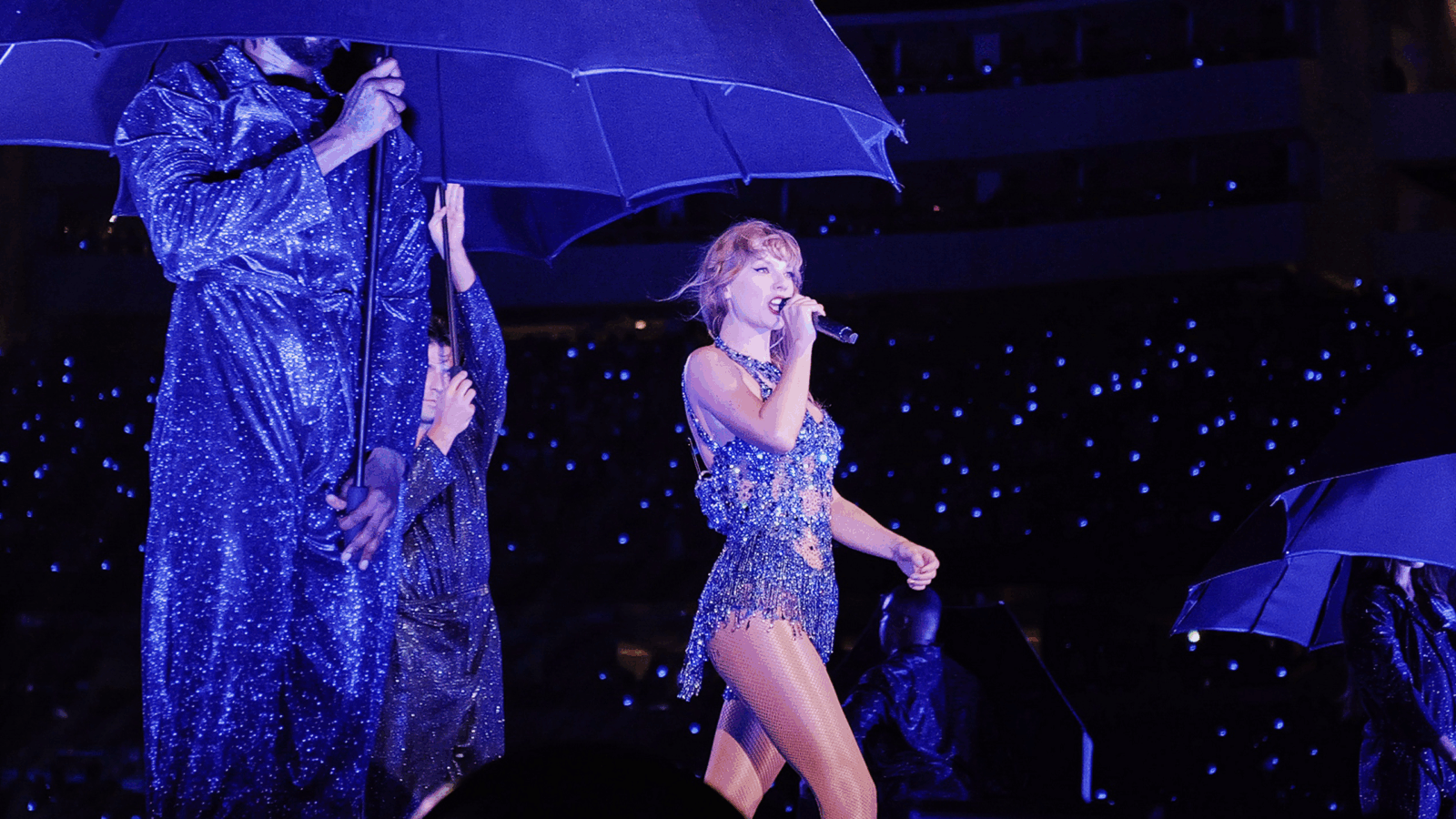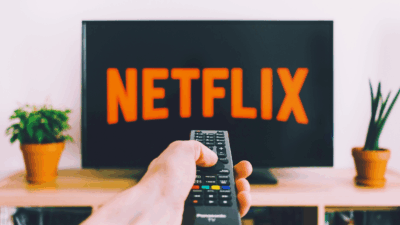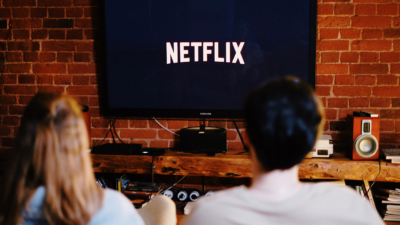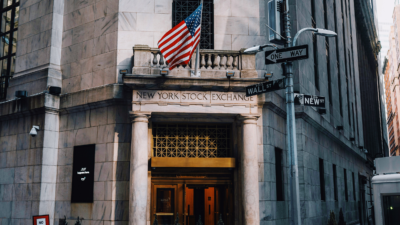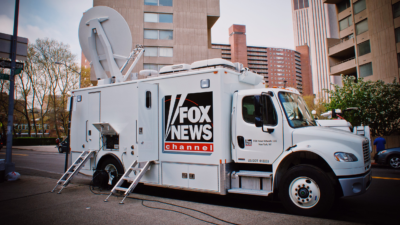Netflix Should Thank Hollywood for Half-Trillion Dollar Market Cap
The cable-dependent legacy media players spent the 2010s helping to sharpen the Netflix-issued cord-cutting clippers.
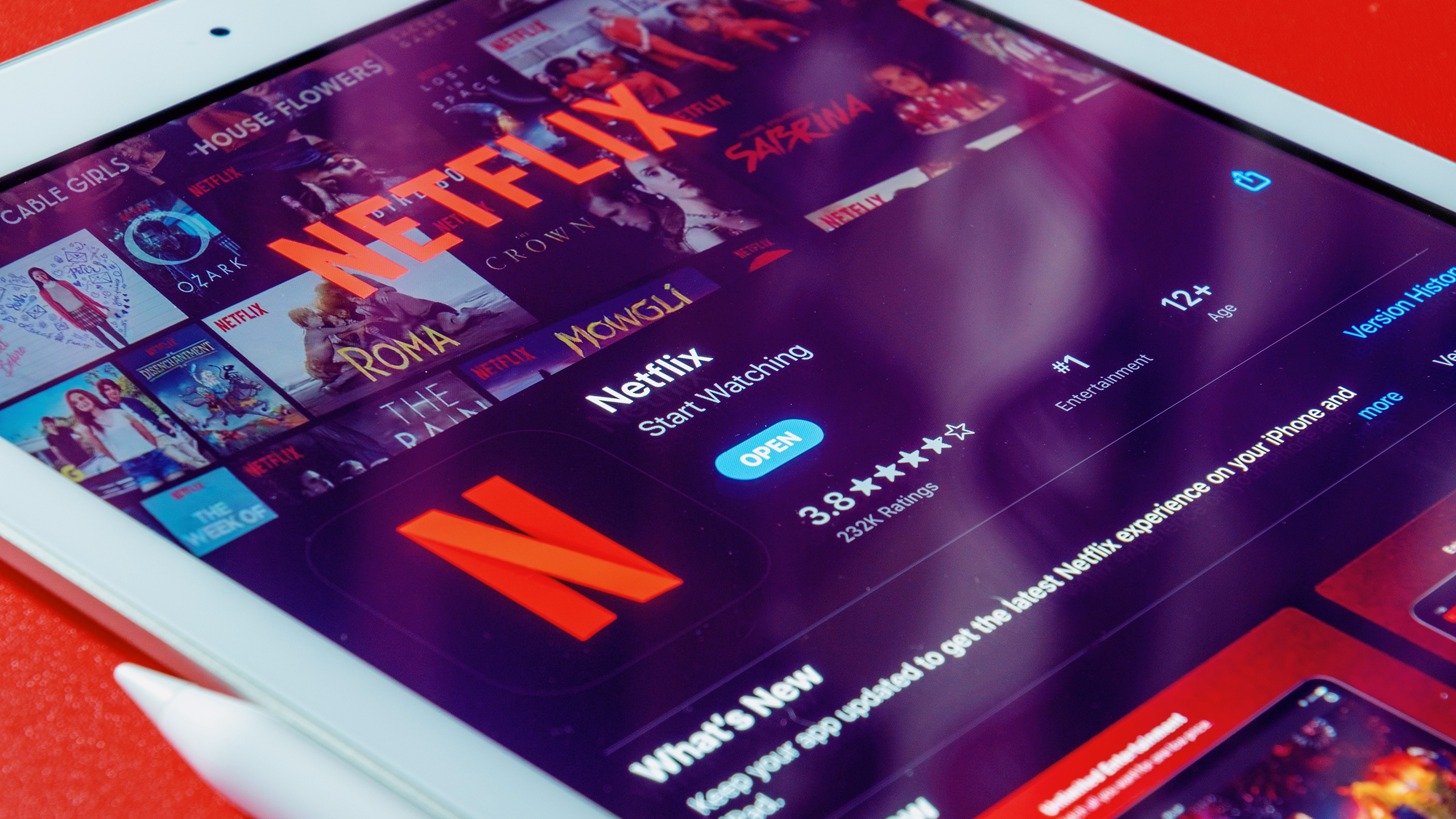
Sign up for smart news, insights, and analysis on the biggest financial stories of the day.
Netflix’s market cap is now equal to the number of shows on its platform that you once swore to watch but now have all but forgotten: around half a trillion.
The streamer crossed the landmark threshold last week. It should be thanking some of the biggest and most influential media executives around town, who spent the better part of the past decade helping propel the industry disruptor to its global titan status.
Licensing to Kill
Today, more than half the library offered to its 301 million global subscribers consists of Netflix original productions. But before it became a production powerhouse, the streamer relied on content made by its ostensible rivals — all of whom were happy to score licensing deals before antsy shareholders demanded they launch Netflix-like streaming services of their own.
In effect, the cable-dependent legacy media players were helping to sharpen the Netflix-issued cord-cutting clippers:
- In 2011, near the peak of the cable pay-TV business and when Netflix had only around 21 million streaming subscribers, both CBS and NBCUniversal began licensing many of their most popular shows to be instantly available on Netflix after their seasons aired — introducing the world to “binge-watching” multi-season sitcoms like The Office and How I Met Your Mother. The current market caps of parent companies Paramount and Comcast: about $8.5 billion and $129 billion, respectively.
- In 2012, Disney signed a multi-year licensing agreement to bring its latest theatrical films to Netflix; that deal ran from 2016 until 2019 when Disney launched Disney+. During that time, Netflix saw its subscriber count increase from about 80 million to nearly 130 million, while Disney saw its all-important cable subscriber base start to erode. Disney’s current market cap is about $197 billion.
Now, after yanking much of their content from Netflix amid the Streaming Wars of the early 2020s, legacy media players are once again signing licensing agreements with Netflix. Consider it a waving of the white flag. In fact, according to Parrot Analytics, the return of licensed content has been a significant driver for Netflix in reducing dreaded subscriber churn.
Weight Watchers: Is half a trillion dollars a peak valuation for Netflix? Perhaps. JPMorgan analysts downgraded the stock from neutral to overweight last week. “To be clear, there’s no change to our long-term bullish view on NFLX’s streaming leadership position & the company’s potential to effectively become global TV over time,” the analysts wrote in a note to clients. “However, more near-term, following significant stock price appreciation & outperformance, we believe the risk/reward in NFLX shares is becoming more balanced.” In other words: Netflix may have topped out, for now, as just the global leader in entertainment.
